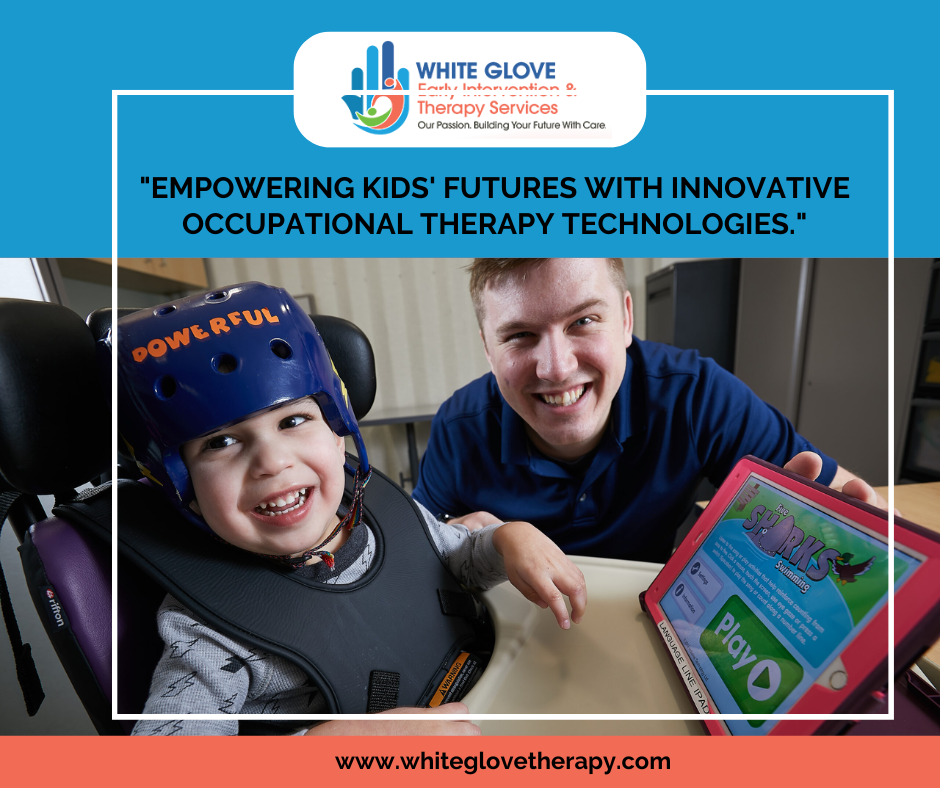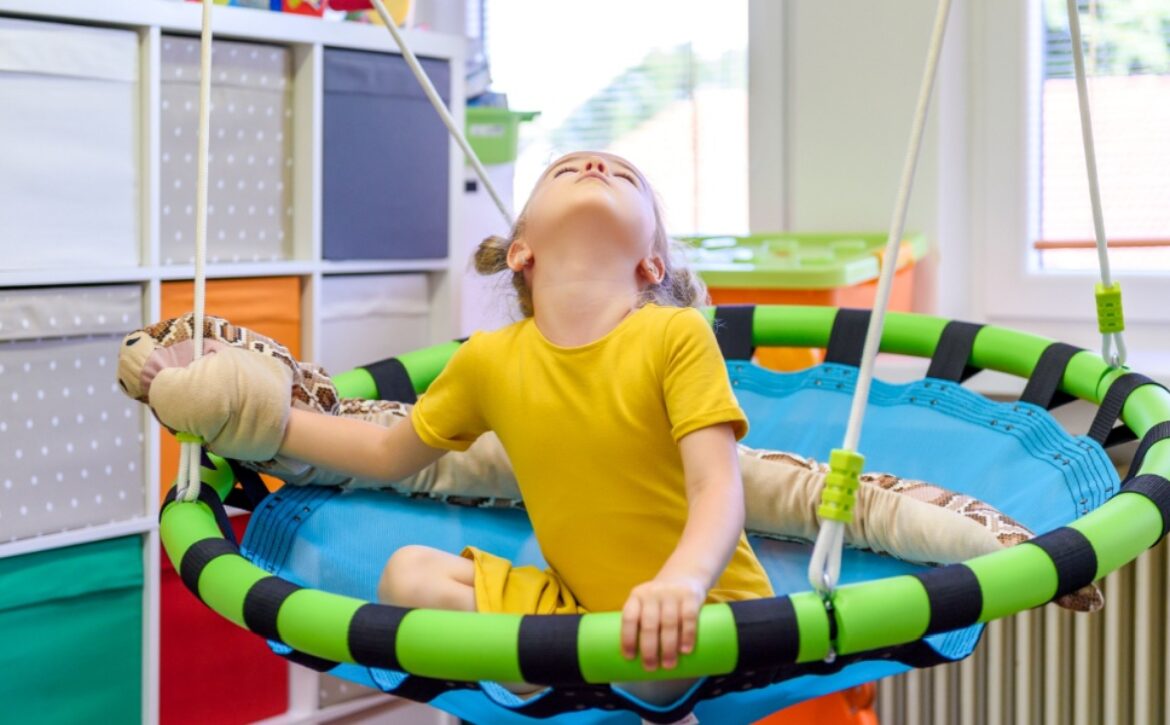Innovative Technologies in Occupational Therapy
Empowering Futures: Innovative Assistive Technologies in Occupational Therapy for Kids
Occupational therapy plays a crucial role in enhancing the lives of children facing developmental challenges. With the rapid advancement of technology, the field has witnessed a surge in innovative assistive technologies tailored to meet the unique needs of young kids. These tools not only make therapy engaging but also empower children to overcome obstacles and achieve their full potential.

Virtual Reality (VR) and Augmented Reality (AR): Integrating VR and AR into occupational therapy for kids has proven to be a game-changer. These immersive technologies provide a simulated environment that allows children to practice real-life activities in a controlled setting. For instance, children with sensory processing difficulties can engage in activities that gradually expose them to various sensory stimuli, helping them build tolerance and coping mechanisms.
Interactive Gaming Platforms: Gamification has found its way into occupational therapy through interactive gaming platforms. These games are designed to address specific developmental goals, such as fine and gross motor skills, hand-eye coordination, and cognitive functions. Through engaging gameplay, children can work on their therapeutic objectives in a fun and motivating manner.
Robotics in Rehabilitation: Robotic devices are making strides in occupational therapy for kids, particularly in addressing motor skill challenges. Robots with interactive features guide children through exercises, encouraging them to perform repetitive motions necessary for skill development. These technologies provide real-time feedback, fostering a sense of accomplishment and motivation in young patients.
Wearable Devices: Wearable assistive technologies are revolutionizing how therapists monitor and support children outside the clinic. Devices like smartwatches equipped with sensors can track a child’s movements and activities, allowing therapists to assess progress remotely. This not only enhances the continuity of care but also promotes a more holistic approach to therapy.
Adaptive Apps and Software: Tailored applications and software have been developed to address specific challenges faced by children with developmental disorders. These apps cater to various needs, including communication, social skills, and sensory integration. With customizable features, therapists can adapt these tools to suit individualized treatment plans.
Sensory Feedback Devices: Sensory processing difficulties are common among children receiving occupational therapy. Innovative devices that provide sensory feedback, such as vibrating cushions, textured surfaces, and pressure-sensitive mats, help children regulate their sensory experiences. These tools create a supportive environment where children can explore and engage comfortably.
Innovative assistive technologies are transforming the landscape of occupational therapy for kids, making interventions more effective, engaging, and accessible. By embracing these advancements, therapists can empower children to overcome challenges and unlock their full potential. As technology continues to evolve, the possibilities for enhancing pediatric occupational therapy are limitless, promising a brighter future for children facing developmental hurdles.


